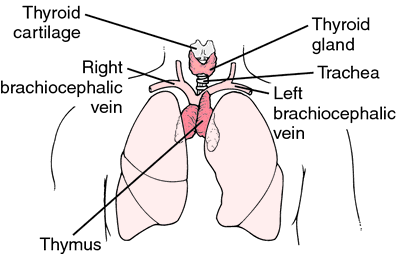Scientists Regenerate Organs In Elderly Mice
This article is more than 2 years old
 Scientists and transhumanists like Ray Kurzweil and Aubrey de Grey believe that humans can, should, and will eventually “solve” the problem of aging and death. They believe the human body can be altered on a biological and genetic level and programmed away from age-related decay and disease. It’s a controversial topic, but regardless of your stance on the pursuit of radical life extension and immortality, science has moved one step closer to realizing this goal. For the first time, scientists have regenerated a living organ.
Scientists and transhumanists like Ray Kurzweil and Aubrey de Grey believe that humans can, should, and will eventually “solve” the problem of aging and death. They believe the human body can be altered on a biological and genetic level and programmed away from age-related decay and disease. It’s a controversial topic, but regardless of your stance on the pursuit of radical life extension and immortality, science has moved one step closer to realizing this goal. For the first time, scientists have regenerated a living organ.
A team at Edinburgh University’s regenerative medicine research center restored the aged thymus of an old mouse. In order to understand why this is such a momentous breakthrough, you have to understand the function of the thymus. It’s actually a pretty important organ, and makes T cells, which are white blood cells that fight infection. It’s essential to our immune system and to our health in general, which is why it’s a total bummer that it’s also the first organ to start decaying as we age. When the thymus starts to go, it shrinks, causing the internal structure to change and break down. This is part of why the elderly get sick more often and take longer to recover. Thus, it’s a perfect organ to focus on for scientists who want to figure out ways to extend the human life span.
 The researchers wanted to see if there’s a way to reverse the signs of aging and deterioration in the thymus. They focused on FOXN1, a protein involved in gene activation. They bred mice with the capacity to manufacture more FOXN1 with the introduction of a drug called tamoxifen, and then increased levels of the protein. A month after increasing FOXN1 production in the mice, they found that the previously shrunken thymus was 2.7 bigger. After examining the organ, they found that the internal structure had also reverted back to its previous state. They also learned that the rebuilt thymus produced just as many T-cells as a younger organ does.
The researchers wanted to see if there’s a way to reverse the signs of aging and deterioration in the thymus. They focused on FOXN1, a protein involved in gene activation. They bred mice with the capacity to manufacture more FOXN1 with the introduction of a drug called tamoxifen, and then increased levels of the protein. A month after increasing FOXN1 production in the mice, they found that the previously shrunken thymus was 2.7 bigger. After examining the organ, they found that the internal structure had also reverted back to its previous state. They also learned that the rebuilt thymus produced just as many T-cells as a younger organ does.
This is the first time scientists have successfully regenerated a decayed organ, and offers myriad new treatment possibilities to reduce the ravages of time. Of course, as the process has only been tested on mice, there is a long way to go before it’s ready for humans. Scientists will continue to carefully study the mice for adverse reactions, and eventually they’ll test this process on bigger mammals and primates. This advancement provides another option beyond stem cells for regenerative biology, and will undoubtedly make immortality enthusiasts very happy.












